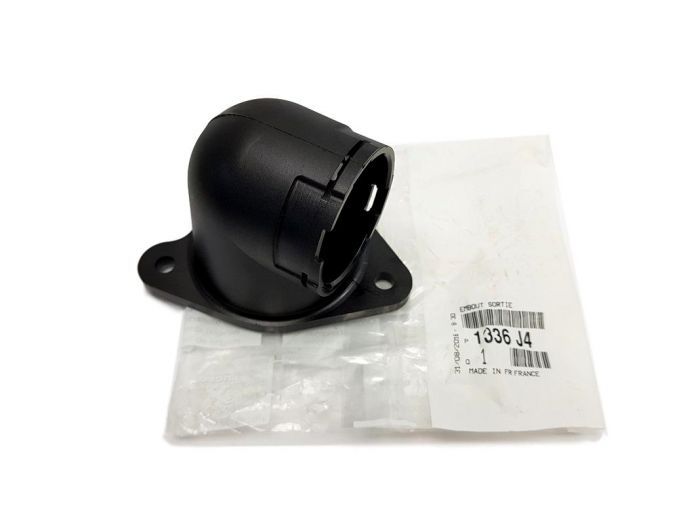I recently replaced my thermostat flange which is made of plastic. Unfortunately, I didn't find any torque specs for its bolts in the manual. Since, plastic parts break easily, I'm afraid of over-tightening the bolts. How can I make a safe guess about the acceptable amount of torque for such a plastic part? How tight do you usually tighten a plastic flange?
Peugeot 406 1.8 16V XU7JP4 LFY MY 2000

